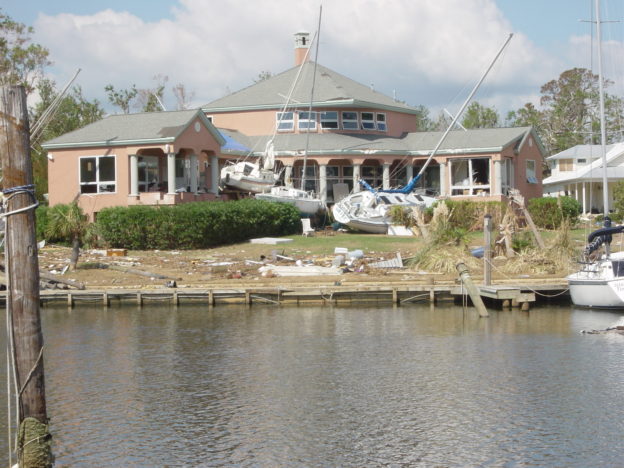Key takeaway — for each risk plan, risk managers should also have a crisis plan.
Living myself in hurricane country now and for most of my life, the approach of Hurricane Dorian is a good reminder of the differences between threats and risks, and risk management and crisis management. With an almost 1.0 probability that it will strike land and do significant damage somewhere, Dorian is a threat to those in its path. Risks have some probability of less than 1.0.

Photo: Author
For any given locality in the coastal southeast U.S., the risk of being hit by a hurricane in a given season has a very low probability, but for the region as a whole each year the probability of a hurricane gets close to 1.0. For Dorian, most hurricane risk management actions should have been taken by now, and those regions where the probability is highest will be moving into crisis management mode. Crisis management is what you do when risk management fails. No matter how much effort is put into the enforcement of construction codes to limit the risk of major hurricane damage, roofs will be blown off. No matter how well-built the storm water systems, there will be flooding. No matter how many warnings to evacuate, there will be people to rescue.
These limitations of hurricane risk management come from limits in our abilities to predict the risks and their likely impacts, failures to apply risk intelligence or a lack of understanding of the risks when making decisions on options, changes in the environment that lead to changes in the risks such that risk mitigations no longer work as well, and of course the odd times that the tail risks, no matter their low probabilities, actually materialize.
Crisis management is what you do when risk management fails.
Every risk management plan should have a corresponding crisis management plan. Often the crisis plan will just be to accept the risk. For instance, you may just accept the risk that your uninsured boat on the stands in the backyard will be a total loss should the hurricane hit. On the other hand, if the boat is expensive to replace, then your plan may be to move it upriver several days ahead of the storm to a hurricane hole, with your crisis plan being to file an insurance claim should the hurricane hole not turn out to be safe.

Photo: Author
My prayers go out for those threatened by Hurricane Dorian. My friends and family who are in the path of the storm I know have taken precautions and they have plans should those precautions not be enough. My prayers are with them and all those who face this latest of nature’s calamities.

